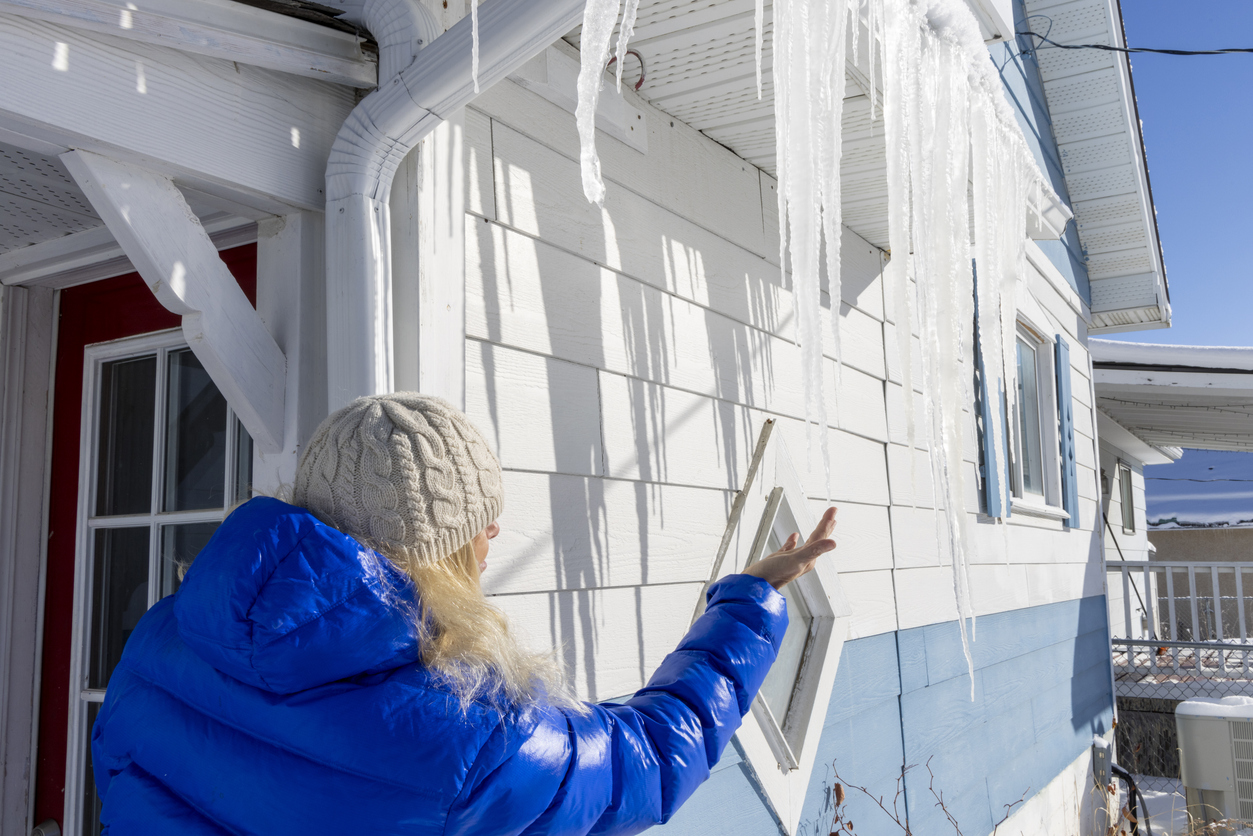Floods do all sorts of damage. One aspect of damage often overlooked is when the flood removes property from one property owner’s land and deposits it on another’s land. Depending on where your property is located and the severity of the flood event, the debris on the policyholder’s property can be extensive and expensive to clean up. The question naturally becomes, is this a covered loss under the Standard Flood Insurance Policy?
A quick review of the policy would suggest yes. However, case law shows that is not always the situation. The Standard Flood Insurance Policy states “[w]e will pay the expense to remove non-owned debris that is on or in insured property and debris of insured property anywhere.” The policy delineates between debris that originated on the policyholder’s property and debris that does not. There is no question that the removal of debris owned by the policyholder is covered anywhere. The issue here is when will the policy cover the removal of non-owned debris and it was addressed recently by the 3rd Circuit Court of Appeals in Torre v. Liberty Mutual Fire Ins. Company.1
In Torre, the plaintiffs sought coverage for the removal of non-owned debris deposited on their property during Superstorm Sandy. The Court ruled that the land upon which a policyholder’s structures are built is not considered insured property under the policy. The court stated:
In sum, the SFIP provides coverage for certain structures and other items of property but not for an entire parcel of land. The entire parcel of land thus cannot constitute “insured property” because it is not insured by the SFIP at all. And because the entire parcel of land does not constitute “insured property,” the provision of the SFIP requiring Liberty to pay for the removal of non-owned debris that is “on or in insured property” does not apply to the expenses the Torres incurred in removing non-owned debris from their land outside their home.
Thus, unless non-owned debris is in or on the structure, the SFIP will not cover it. There is, however, a more concerning note in this case regarding government waste and the vexatious litigation strategies employed by the flood carriers and their attorneys. The total amount in dispute in the Torre matter was $15,520. In my experience, I do not believe there is any way that a matter can proceed through motions for summary judgment and then a federal appeal for legal costs of less than $15,000. More likely , the flood carrier spent far more to defend this case than it would have cost them to settle it. I bet if the flood carrier’s legal costs were not being covered by federal treasury (taxpayers), the matter would have been resolved long before getting to this point.
1 Torre v. Liberty Mut. Fire Ins. Co., No. 14-2733, 2015 WL 1344684 (3d Cir. Mar. 26, 2015).



